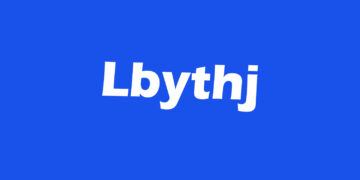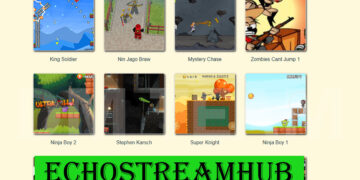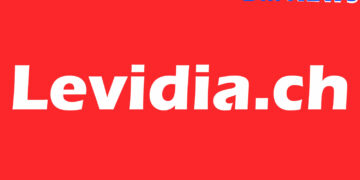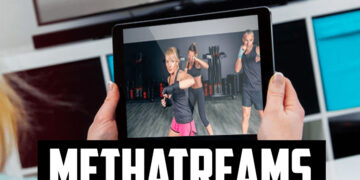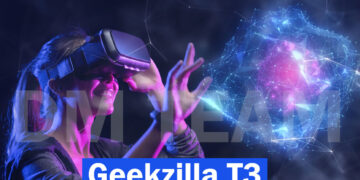Guessing Is Out. Testing Is In.
Once upon a time, marketers would spend days debating creative angles, copy lines, and visuals before a campaign launch.
Now, those long debates have been replaced by something smarter, data.
And at the center of this new era stands the AI ad generator, a tool that doesn’t argue or assume. It simply tests everything.
With the power of AI, A/B testing has evolved from a tedious, time-consuming process into an automated, insight-rich system that improves with every campaign. Let’s explore how to make the most of it.

Why A/B Testing Still Matters
Even the most advanced AI advertising tools don’t magically know your audience. They predict. And predictions are only as valuable as the data that confirms or refines them.
That’s where A/B testing comes in. It helps you validate what actually resonates, tone, visuals, CTAs, or structure, and turn those insights into creative gold.
Think of it this way: testing separates good creative from great creative. It replaces gut feeling with evidence and gives your campaigns the power to evolve intelligently over time.
Step 1: Set a Clear Hypothesis
Every successful test starts with a question. Without it, you’re just throwing ideas at the wall.
Ask yourself:
- Will emotional storytelling outperform humor?
- Does a product-centric visual beat a lifestyle shot?
- Which CTA drives more conversions: “Shop Now” or “Find Your Fit”?
Your AI ad generator can create endless variations, but direction is everything. The clearer your hypothesis, the more meaningful your results will be.
Step 2: Control the Variables
This is where many marketers trip up.
If you test too many elements at once, you’ll never know what actually caused the performance difference.
Keep it simple: change only one thing per variation, the headline, visual, tone, or CTA.
For example, test two identical ads with just one variable:
Version A uses humor in the copy, while Version B uses authority.
Now, if one outperforms the other, you’ll know why.
Precision leads to clarity, and clarity leads to smarter creative decisions.
Step 3: Generate Smart Variations
Here’s where the AI ad generator really shines.
Instead of manually writing copy and designing visuals, you can simply prompt the tool to create multiple creative directions in seconds.
Try something like:
“Generate five ad variations focused on trust, humor, and urgency.”
In moments, you’ll have a full set of image and video creatives, each optimized for different audience emotions or funnel stages.
These variations are not just random. AI uses existing data patterns from successful campaigns to craft versions that already align with what works on your target platform.
That means faster testing and higher chances of finding your winning ad early.
Step 4: Run Micro-Budgets First
Gone are the days of blowing thousands on unproven ads.
With an AI advertising tool, you can run small, low-cost A/B tests before scaling. Start with micro-budgets, $10 to $20 per variation, and analyze performance within a few hours.
Most platforms show early winners quickly based on engagement, CTR, and conversions. Once you identify the top performers, you can double down on those with confidence.
Testing small first means you learn fast without draining your budget.
Step 5: Analyze and Feed Data Back
A test is only as useful as what you do with the results.
Modern AI ad generators come with built-in dashboards that track performance metrics automatically, impressions, click-through rates, conversion rates, and more.
Don’t just read the results. Feed them back into the system.
AI tools learn from your performance data, refining future creatives and improving with every iteration.
The cycle’s pretty straightforward: test what works, learn from the results, make it better, and do it all over again.
That’s how brands evolve from one-hit campaigns to predictable, scalable performance.

Step 6: Test Per Platform
Not all platforms are created equal, and neither are their audiences.
TikTok thrives on fast cuts, humor, and spontaneity.
Meta (Facebook and Instagram) prefers relatable storytelling and emotion.
LinkedIn rewards clarity, professionalism, and authority.
Testing across platforms ensures your ad tone, design, and pacing feel native to each environment.
A high-quality AI ad generator can even auto-optimize your creatives for each platform, giving you structured data on what works where.
That means you’re not just testing ads; you’re testing channel psychology.
Common A/B Testing Mistakes
Even with automation, it’s easy to go off track. Avoid these classic pitfalls:
- Testing too many variables at once: You’ll never isolate the winning factor.
- Ignoring statistical significance: Don’t draw conclusions too early. Wait until your data stabilizes.
- Letting personal bias shorten test duration: Give the campaign enough time to gather accurate data.
- Failing to feed results back into the AI: Every skipped insight slows future improvement.
The key is patience and structure. Smart testing beats fast guessing.
Bonus: Creative Intelligence Mode
Some advanced AI advertising tools now include “creative intelligence” or “auto-testing” features.
Here’s how it works: the AI runs hundreds of micro-tests automatically, monitors performance in real time, and pauses underperforming creatives on its own.
Imagine never having to manually adjust ad budgets or stop low-performing variations, the system does it all, optimizing continuously while you focus on strategy.
That’s what true automation looks like: creativity powered by data and refined through constant feedback.
A/B Testing for Long-Term Growth
A/B testing isn’t a one-time activity. It’s an ongoing discipline that sharpens every aspect of your advertising strategy.
Your AI ad generator becomes more intelligent with each test, identifying patterns in what works for your audience, seasonality, and even emotional tone.
Over time, you’ll see your campaigns improve not because you got lucky, but because your AI learned from every win and loss.
That’s how brands grow sustainably in the age of intelligent advertising.
Final Take
A/B testing is no longer limited to large marketing teams or big budgets.
With an AI ad generator, any business can test faster, cheaper, and smarter, letting real data shape creative decisions instead of personal opinions.
The secret isn’t in creating more ads; it’s in learning faster than your competitors.
So stop guessing, start testing, and let your AI guide the way to your next breakthrough campaign.
Because in 2025, the smartest marketers don’t argue over ideas. They prove them, one test at a time.
Would you like me to create the follow-up blog titled “Top A/B Testing Metrics to Track With AI Ad Generators” next? It would pair perfectly with this one and boost SEO for your “AI ad generator” content series.

